Trump's U-turns on Powell, China follow dire economic warnings
Published in News & Features
WASHINGTON — Confronted with fresh warnings from financial markets, business leaders and top advisers, President Donald Trump this week eased off on two of his frequent punching bags: Jerome Powell and China.
Trump entered office with a steadfast desire to reshape the global economy. But his resolve has appeared to waver in the face of turmoil in equities and bonds and pleas from powerful executives who fear his sweeping tariffs and interference with the Federal Reserve could set off an economic calamity.
Trump on Tuesday said he had no intention to fire Powell — despite days of criticism over the central bank’s policies — and said he believed a deal with Beijing would significantly reduce the sweeping tariffs he’s posted on Chinese goods. After a report Wednesday that the United States would be willing to phase in lighter tariffs on Beijing over five years, Trump told reporters that China was “going to do fine” once talks had settled.
Trump’s turnabout eased investors’ concerns that had fueled a weekslong selloff. U.S. equities on Wednesday were poised to build on the biggest gains in two weeks, with the S&P 500 Index up more than 3% at its session high.
Still, the whiplash underscores that markets and the economy are beholden to the whims of the U.S. president unlike ever before — a sign that more turmoil lies ahead.
Trump made his about-face on Tuesday, saying he’d be willing to “substantially” pare back his 145% tariffs on China. He turned down his aggressive rhetoric a day after meeting with executives from Walmart Inc., Home Depot Inc. and Target Corp., who warned import taxes could disrupt supply chains and raise the prices of goods, according to people familiar with the matter.
“We’re going to have a fair deal with China,” Trump told reporters Wednesday.
The Wall Street Journal reported Wednesday that administration officials are considering plans to slash tariffs on Chinese imports. Under the proposals, the range could come down to between 50% to 65% as a result of a tiered approach that would see 35% levies on items not considered critical for national security and 100% on those that are, gradually implemented over five years, the paper reported.
Trump is known to change his mind and his posture could shift yet again. And the reported offer — which may have been intended as a trial balloon to entice China back to the table — wouldn’t happen without action in the talks, a White House official said.
Treasury Secretary Scott Bessent echoed that caution Wednesday, saying the U.S. was not looking to unilaterally lower tariffs and that a full trade deal could take two to three years. His remarks pared some of the earlier stock gains.
Bessent, when asked who the president consults on tariff and trade policy, said Trump is “constantly soliciting views” from business leaders, citing the visit from the major retailers and revealing that “the three largest German auto companies were in on Friday.”
The White House has yet to formally launch tariff talks with the Chinese government, though Trump said “everything’s active” when asked whether he was actively engaging with China.
“We’re going to be making money with everyone, and everyone’s going to be happy,” Trump said Wednesday. “We’re no longer going to be the country that’s ripped off by every country in the world.”
Trump’s efforts to will a China negotiation into reality dovetailed with his public show of support for Powell, at the urging of top advisers and allies.
Bessent recently advised Trump to indicate he was not looking to dismiss Powell and to make clear to markets he believes in an independent central bank, according to a person familiar with the conversations. Commerce Secretary Howard Lutnick has also been a voice of caution on the Fed, the Wall Street Journal reported.
Those conversations preceded Trump on Tuesday telling reporters he had “no intention” of sacking Powell, even though his top economic adviser said days earlier the president was studying the feasibility of removing Powell after attacking his interest-rate decisions and declaring his “termination cannot come fast enough!”
“We do not discuss the President’s private conversations that may or may not have happened,” Taylor Rogers, a White House spokesperson, said in a statement. “The President has a terrific team of advisors that give him counsel on numerous topics, but at the end of the day, the President is the final decision maker.”
The pivot was a signal he’s become more sensitive to market movements and entreaties from advisers with Wall Street pedigrees, such as Bessent and Lutnick, after hawkish White House trade adviser Peter Navarro played a heavy hand in his April 2 tariff rollout.
Americans’ outlook for the economy has soured amid the uncertainties posed by Trump’s tariffs, with survey data showing a surge in expectations for future inflation. Many analysts have also taken a dimmer view of the U.S. economy’s prospects, trimming their forecasts for growth and boosting those for inflation.
Powell has said the announced tariff increases have been larger than anticipated, and that the duties are likely to generate at least a temporary rise in inflation. He and other Fed officials have signaled they are willing to hold interest rates steady as they await clarity on how the tariffs are filtering through the economy.
“Our obligation is to keep longer-term inflation expectations well anchored and to make certain that a one-time increase in the price level does not become an ongoing inflation problem,” Powell said last week at the Economic Club of Chicago.
Even before the tariffs announcements, Fed officials had taken an increasingly cautious view on inflation, as it hovered stubbornly above the central bank’s 2% target. Inflation as measured by the Fed’s preferred gauge was 2.5% in the year through February.
Meanwhile, the manufacturing industry is showing some weakness amid the fallout from tariffs. U.S. manufacturing activity shrunk last month, according to the Institute for Supply Management. In New York, factory activity contracted in April for the second straight month, New York Fed data showed.
Bessent told a closed-door investor summit Tuesday that the world’s two largest economies will have to find ways to de-escalate and that the standoff was unsustainable. Trump later followed by saying that “we’re going to be very nice and they’re going to be very nice, and we’ll see what happens.”
Trump also said he didn’t see the need to “play hardball” with Chinese leader Xi Jinping and that during discussions he wouldn’t raise COVID-19 — an issue that is politically sensitive in Beijing. The White House recently launched a website that suggested the virus came from a lab in China, irking the nation’s diplomats.
Foreign Ministry spokesman Guo Jiakun said “the door for talks is wide open,” at a regular press briefing in Beijing on Wednesday, reiterating that trade wars don’t have any winners. While Trump has repeatedly sought to get Xi on the phone, China wants the two sides to work out the contours of an agreement before the leaders speak.
U.S. stocks and Treasuries have been battered since Trump rolled out sweeping tariffs on April 2, later announcing a 90-day reprieve for most nations. The 145% duties Trump has placed on Chinese shipments this year remain in place, though he’s made exceptions for computers and popular consumer electronics.
“Trump is panicking due to the markets plummeting and still very high U.S. Treasury yields,” said Alicia Garcia Herrero, chief Asia Pacific economist at Natixis. “He needs a deal and quick. China does not need to offer anything big in such circumstances.”
China indicated earlier this month it wants to see a number of steps from the Trump administration before agreeing to any discussions, especially reining in disparaging remarks by members of his Cabinet.
_____
(With assistance from Paul Abelsky, Jorgelina do Rosario, Josh Wingrove, Daniel Flatley, Philip Glamann, Amara Omeokwe, Christopher Anstey, Jenni Marsh, Jennifer A. Dlouhy, Fran Wang, Alan Wong, Shikhar Balwani, Iris Ouyang, Lucille Liu, Jing Li and James Mayger.)
©2025 Bloomberg L.P. Visit bloomberg.com. Distributed by Tribune Content Agency, LLC.
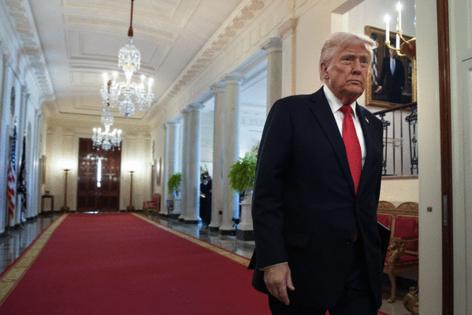
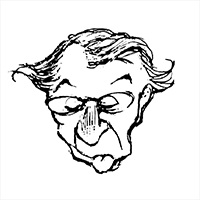


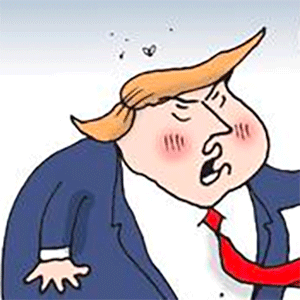
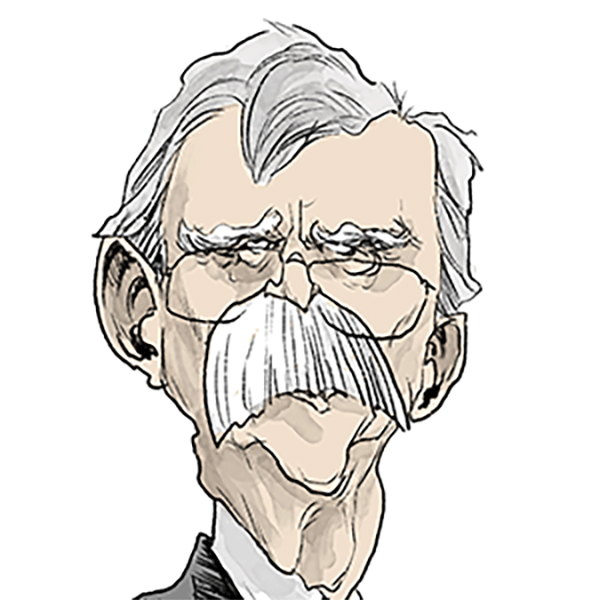
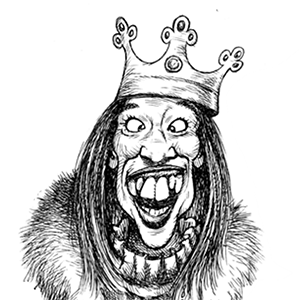
Comments